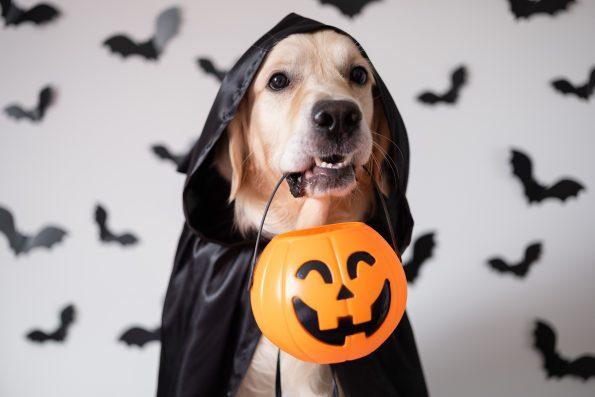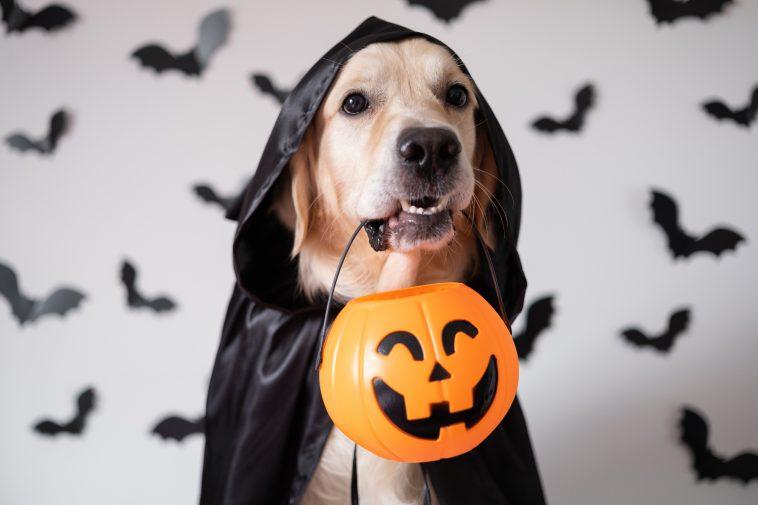There are people who wait all year for October to arrive, for that time of year when the leaves crunch underfoot, pumpkins are carved into jack-o’-lanterns, and the newest horror movies are released in theaters.
Halloween is back, and Americans across the country are gearing up to drop some serious cash on candy, decorations, and costumes for themselves, their pets, and their children. But why do people spend so much money on Halloween?
Unless you’re a whiz with DIY’ing costumes and decor, it’s not really possible to participate in Halloween if you don’t break out your wallet for the occasion. Everyone wants to feel like they’re a part of the festivities, so even if it can be expensive, people are more than willing to fork over the cash.
Plus, in order to satiate the kids who will be parading through the streets for treats, large amounts of candy are needed, and a mass supply of individually packaged sweets is the one thing that you can’t make on your own. So, where does that leave people? The answer is to buy in bulk at the stores.
While the costs of Halloween may not hold a candle to Christmas, Americans still spend a substantial amount of money on the holiday, and Halloween spending is only on the rise.
In 2023, consumers are expected to spend $12.2 billion on the spooky holiday, which is up from last year’s $10.6 billion. Candy purchases alone account for $3.6 billion of the projected number, compared to 2022, when a total of $3.1 billion was spent on candy, making it the most popular Halloween purchase.
In fact, 96 percent of households bought candy for Halloween in 2022. Coming in at number one on the list of America’s best-loved candies is Reese’s Peanut Butter Cups. The rich chocolate treat is followed by some fruity favorites, such as Skittles, Starbursts, and Sour Patch Kids.
Statistics also show that for 2023, the average American has a budget of $108.24 for Halloween supplies, while the average household budget for Halloween candy is $31.93. More than 169 million Americans created a Halloween candy budget for 2023.
Furthermore, 38 percent of consumers think of Halloween shopping as an important household expense, and 22 percent of consumers believe that it’s never too early for stores to display and sell Halloween items, no matter if it’s online or in-store.

Sign up for Chip Chick’s newsletter and get stories like this delivered to your inbox.


